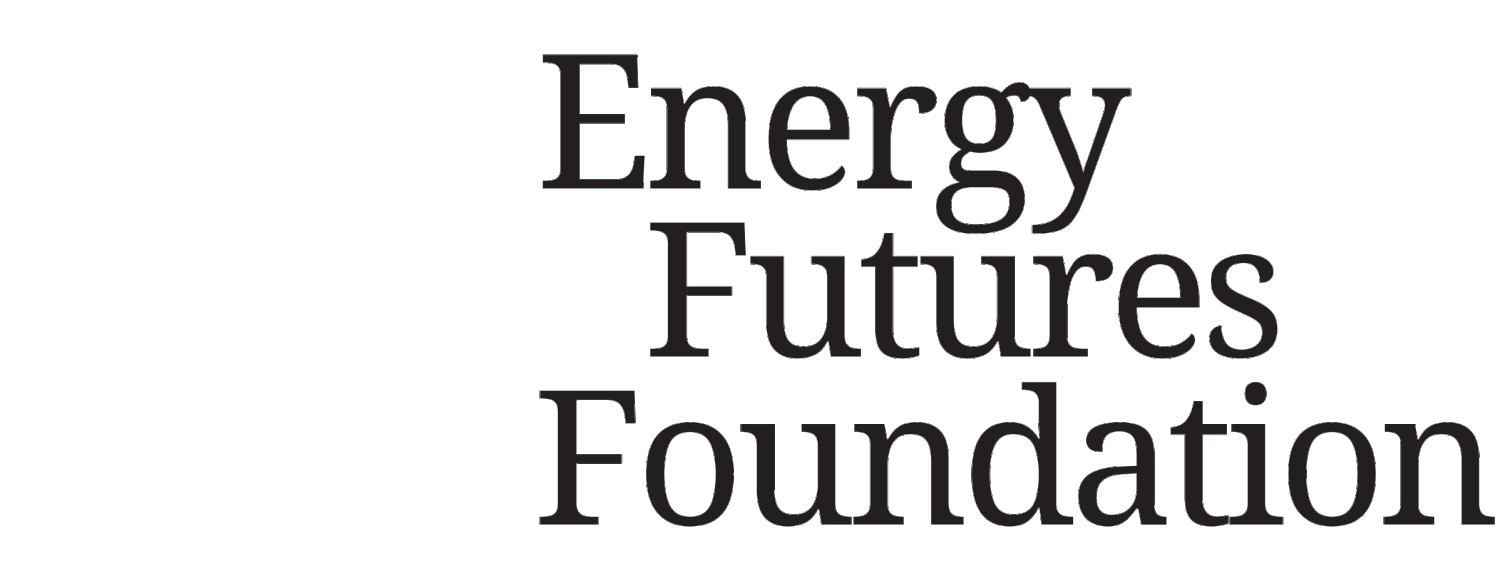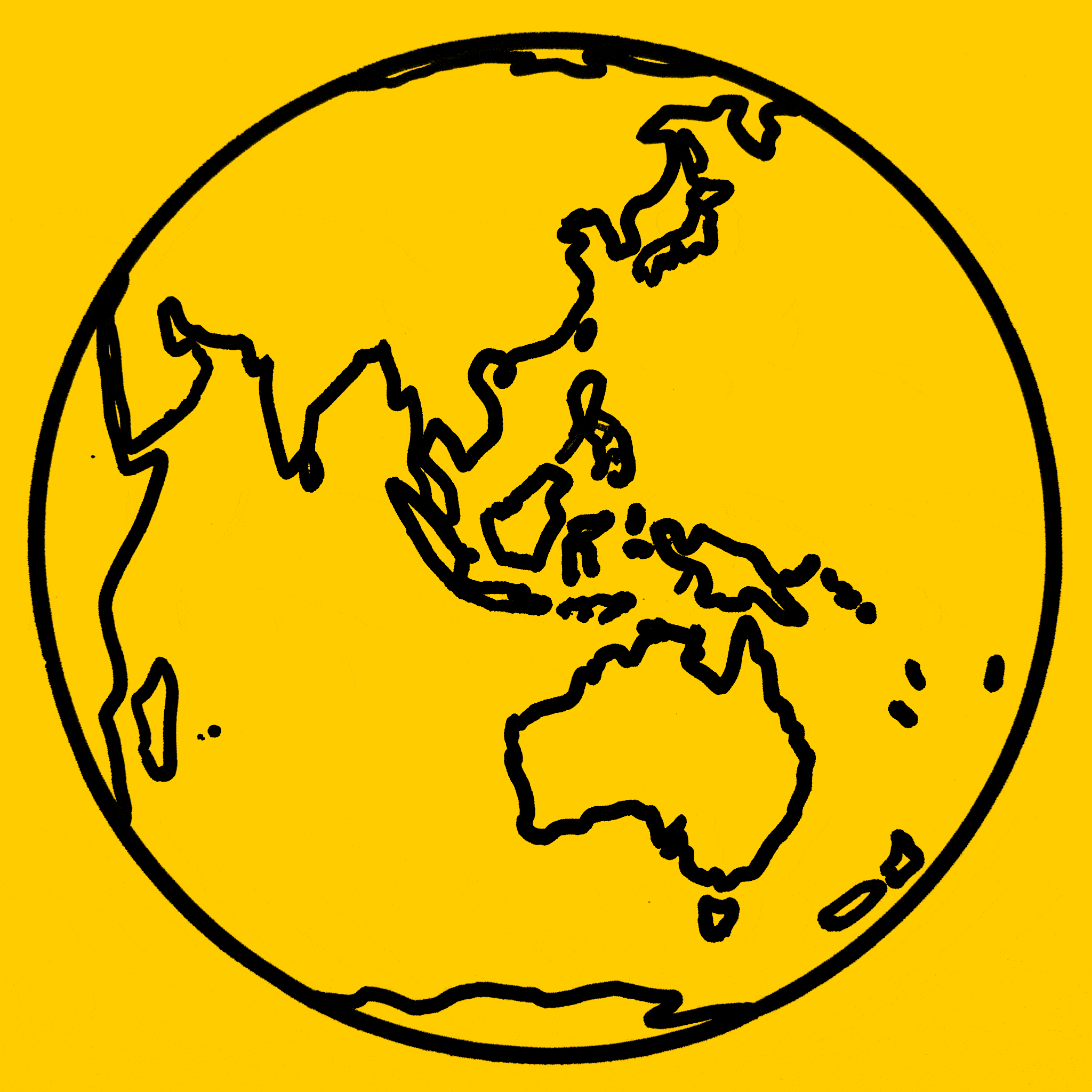Key Focus Areas
Mobilising Australia’s energy transition
→
Mobilising Australia’s energy transition →

Clean Freight & Mobility
1
THE PROBLEM TO CRACK
Heavy vehicles, shipping and aviation deliver most of Australia’s tonne‑kilometres yet remain the slowest segments to decarbonise. Up‑front cost, energy‑supply constraints and fragmented regulation are stalling scale deployment of zero‑emission drivetrains.
GUIDING QUESTIONS
What policy or market signals would tip total‑cost‑of‑ownership decisively toward zero‑emission freight?
Where are the non‑technical bottlenecks (grid access, depot finance, weight limits, fuel standards) that keep early movers on the sidelines?
Which international pilots or regulations could be transplanted or adapted to Australian conditions?
WHY IT MATTERS
Until the freight backbone is clean, Australia cannot achieve economy‑wide net‑zero; every year of delay locks in vehicles that will pollute for a decade.
2
Distributed Energy & Storage at Scale
THE PROBLEM TO CRACK
Rooftop PV, community batteries and behind‑the‑meter flexibility are abundant but undervalued assets. Market and technical rules designed for a one‑way grid prevent households and small businesses from capturing full economic and resilience benefits.
GUIDING QUESTIONS
How do tariff design, connection standards and data access need to evolve so DER can substitute for expensive network upgrades?
What governance models let consumers and communities share in revenue streams from virtual power plants (VPPs)?
How do we measure and reward the resilience value of local generation and storage during extreme weather?
WHY IT MATTERS
Unlocking DER lowers system‑wide costs, relieves network congestion and democratises the energy transition.
3
Carbon Valuation & Accountability
THE PROBLEM TO CRACK
Without a credible, economy‑wide price (explicit or implicit) and robust accounting, capital will not flow fast enough toward low‑carbon solutions, and claimed emissions cuts will remain suspect.
GUIDING QUESTIONS
Which design choices (coverage, baseline‑and‑credit vs. cap‑and‑trade, border adjustments) best fit Australia’s economic structure?
How can digital measurement, reporting and verification (dMRV) cut the cost of high‑integrity accounting and expose greenwashing?
What risk‑management tools do businesses and financiers need to make carbon liabilities visible on the balance‑sheet?
WHY IT MATTERS
Transparent, trusted carbon valuation is a pre‑condition for rational investment and for maintaining Australia’s export competitiveness in a carbon‑constrained world.
Critical Minerals & Circular Supply Chains
4
THE PROBLEM TO CRACK
Australia controls world‑class reserves of battery and renewable‑technology minerals yet captures little downstream value. Linear, extract‑and‑export models also create new waste and emissions risks.
GUIDING QUESTIONS
Where are the break‑even points for on‑shore refining, recycling and advanced manufacturing, and what policy instruments could shift them
How do we build circular‑economy standards that keep strategic materials in domestic loops and cut lifecycle emissions
Which international partnerships could accelerate technology transfer while protecting local environmental and social interests?
Subscribe to our Energy Futures Insider newsletter
All the news and insights you need to stay ahead of the energy transition. No spam, just sharp and practical information sent 1–2 times a month.

